Science, as people often think of it, is something that happens in high-tech labs and ivory towers, where trained thinkers with strings of letters after their names apply their skills to agreed-upon problems.
But not every scientist fits that mold. Benjamin Franklin and Michael Faraday were largely self-educated. James Clerk Maxwell did much of his work at his countryside home. Albert Einstein’s early “Department of Theoretical Physics,” where he kept some of his greatest ideas, was the name he gave to a drawer in his desk at the patent office.
Today, citizen scientists all over the world collect important data from their backyards. A few even get their work published; a recent report in the journal Science of a solar system similar to ours had two amateur observers as lead authors. Could the next Einstein be out there somewhere, toiling at a menial job while developing ideas that will revolutionize the way physicists understand the universe? Some people think so—and some even claim to be that unsung genius. Professional physicists, on the other hand, say it’s unlikely solid theories will come from outside academia. While fields such as astronomy welcome amateur contributions, the expense of experimental physics is often prohibitive, and the degree of specialization needed to understand theory makes it nearly impossible for an outsider to contribute.
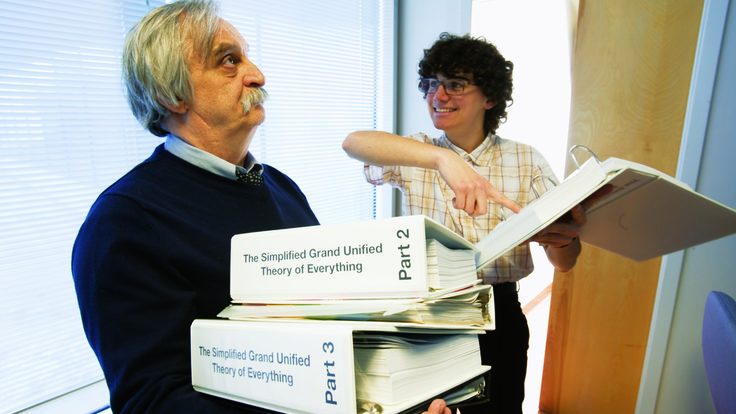
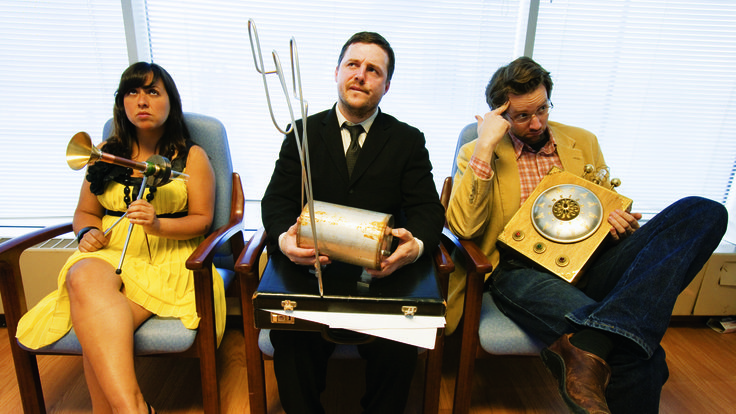
Longing for an audience
Outsiders want in, though, and physicists frequently get e-mails from earnest, well-meaning people who believe they have discovered new laws of conservation, or insist that a photon is shaped like a pyramid. Their ideas pop up in inboxes with the regularity of Nigerian spam; but rather than asking for money, they want help getting published.
Professional scientists don’t really have the time to analyze each paper. “We certainly have a tendency not to pay attention,” says Tom Rizzo, a theoretical physicist at the Stanford Linear Accelerator Center in California. “For most of them, you don’t have to look for very long before you see a mistake that a physics student wouldn’t make.”
Rizzo recalls one thinker who sent hardbound copies of his 100-page manuscript to thousands of members of the American Physical Society. Rather than getting the scientific plaudits he desired, he became a joke.
To merit their attention, professionals say, an outsider would have to show that he’s done his homework. Serious contenders have to understand the language of physics and get their math right. Most importantly, any new theory must agree with past experiments.
A theory could predict that hula hoops will come bouncing out of CERN’s Large Hadron Collider in Switzerland, as long as it accounts
for all the experimental data up to that point, Rizzo says. Too often, amateurs ignore that basic constraint.
“What the amateur has to realize is that you aren’t going to be judged at the same level as the professional—you’re going to be judged at a higher level,” says Forrest Mims, editor of the Society for Amateur Scientists newsletter. “So far, nobody’s come to me who’s in that plight that I would consider worthy to be published.”
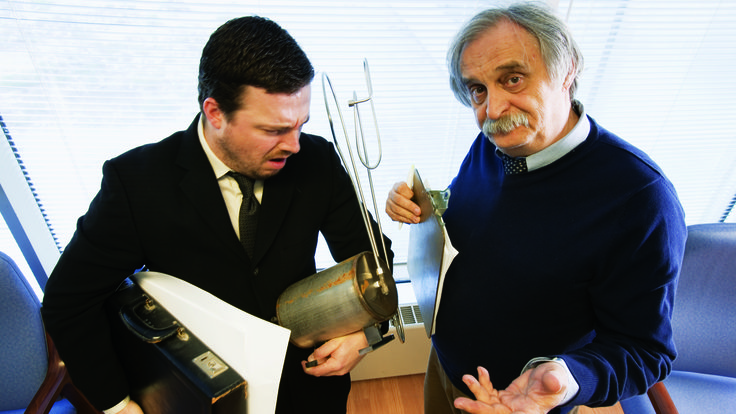
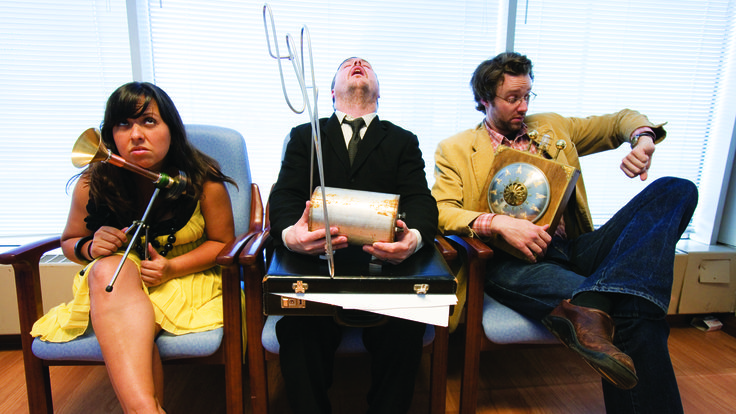
It’s wild, but could it work?
Frustrated amateurs can be aggressive, clamoring to have their ideas heard. Not surprisingly, physicists are more receptive to polite questions than to lengthy treatises accompanied by angry rants, and if the science is solid, they may listen. Rizzo says he believes he’d referee a paper from an outsider the same way he’d review one from a colleague.
It would be “really wonderful” if an outsider could break into physics, he says: “We could use a revolution.”
Physics research tends to follow a consensus path, Rizzo says. Most of the time, of course, the herd moves in the right direction, but this standardized mode of thinking could leave exciting new ideas out in the cold.
“Professors bounce their ideas off of colleagues, and really wild ideas return a list of reasons why they won’t work,” wrote Garret Lisi, a self-described “freelance academic,” in an e-mail. “That saves huge amounts of time. But what if one of those wild ideas would have worked?”
Lisi had several ideas he wanted to explore after earning his doctorate in theoretical physics from the University of California, San Diego, in 1999. But in considering postdoctoral offerings, he felt he would be limited to positions in string theory, which he felt was “overly speculative.”
Since he had money from successful investments, Lisi decided to go it alone. He supports his research with occasional jobs, from teaching physics to teaching snowboarding, and a grant from the Foundational Questions Institute. He’s still living on a grad-student budget, but he gets to live where he wants (primarily Hawaii) and he doesn’t have to deal with academic chores like sitting on committees and attending seminars.
Theorizing without the regular input of critical colleagues, Lisi wrote, means he has to be conservative. “Working on my own, the only way I’ve been able to make progress is by being extremely cautious in my adoption of unusual hypotheses,” he said. “Otherwise, my theories would crumble over shaky ground.”
Being outside the ivory tower hasn’t stopped Lisi from getting attention for his ideas. He recently posted a paper, “An Exceptionally Simple Theory of Everything,” on the physics Web site arXiv.org; it received accolades from a few physicists amid a flurry of media coverage. It has also met with widespread skepticism, which, Lisi wrote, “every new idea should.”
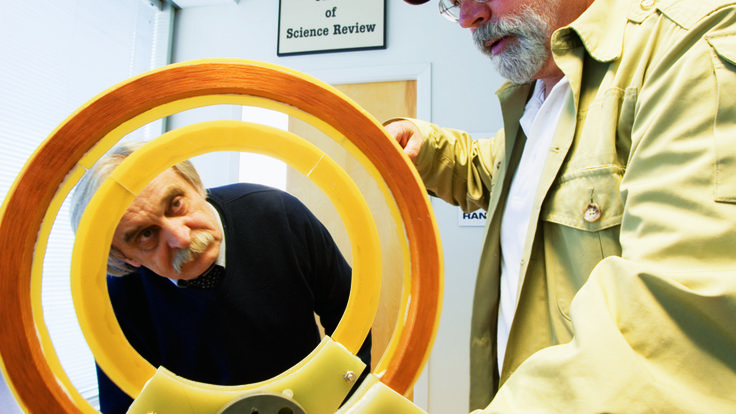
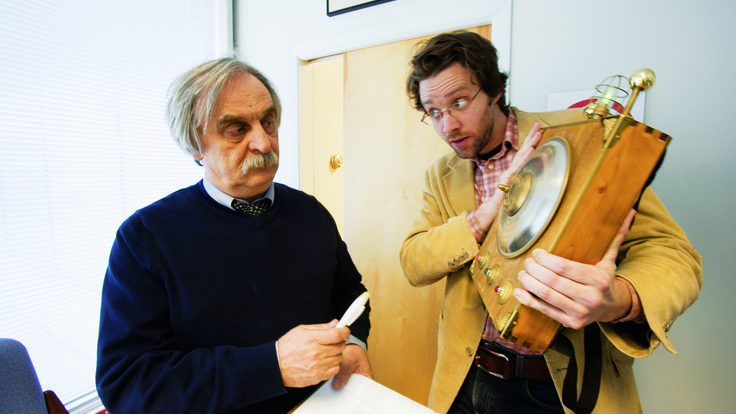
Getting in the door
The arXiv site, where physicists post previews of articles before they appear in a peer-reviewed journal, has become one of the most important conduits for new ideas in physics. Lisi has the academic credibility to post there, but generally arXiv is off-limits to outsiders.
“The arXiv is a forum for professional members of the scientific community,” wrote arXiv administrator Angela Zoss in an e-mail. “Thus, by and large, it is not designed for submissions from amateur scientists.” Registration requires endorsement from another scientist, and a few rejected authors even claim to have been “blacklisted” by arXiv.
Some peer-reviewed journals are more open to submissions from outsiders. Physical Review Letters, published by the American Physical Society, receives a small number of manuscripts from authors who lack institutional affiliations.
Those papers are treated the same as the rest, wrote Daniel Kulp, editorial director of the society’s publications, in an e-mail. “If the manuscript passes peer review and contains enough significant new physics with broad interest, then it will be published,” he wrote. However, he cannot recall publishing anything by an amateur.
The American Physical Society itself is open to anyone willing to pay the $115 application fee for regular membership. And any member is welcome to present their work at the Society’s annual meeting, where fringe science goes under the umbrella of “General Theory.”
“There are usually a dozen or fewer of these each year out of 7000 or so papers,” wrote society spokesman James Riordon in an e-mail. “It’s not a burden to the society to throw open the meeting to all members.”
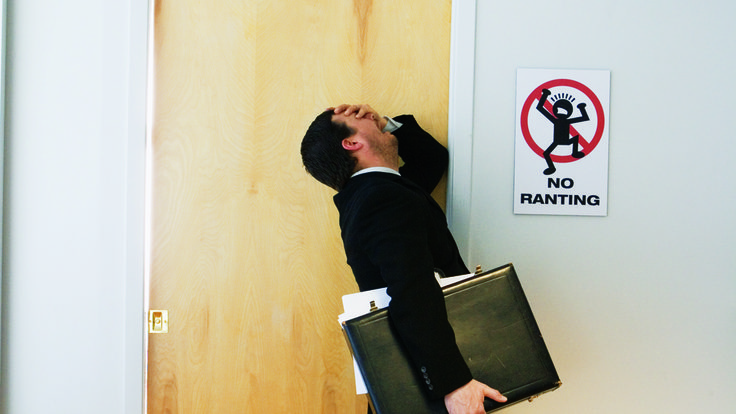
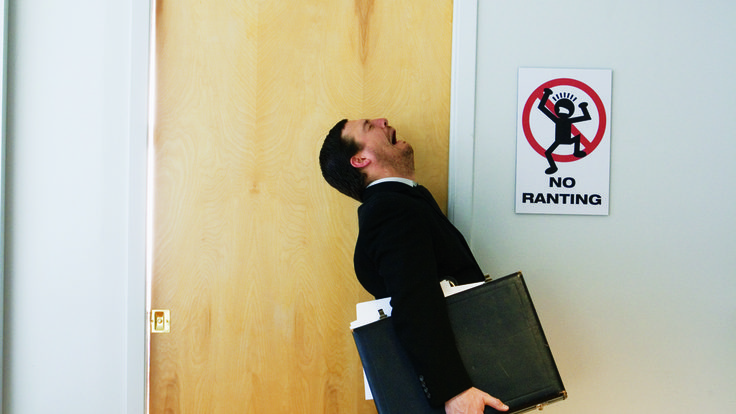
Citizen scientists welcome
Other areas of science are more amenable to outsider contributions. There are thousands of citizen scientists out there—the Society for Amateur Scientists boasts around 2000 members—watching the skies, identifying birds, hunting for fossils. They do it not for money or scientific fame, but for fun.
“The most rewarding thing is the discovery, finding something no one else has found,” says Mims, a writer specializing in science who lives in Texas. His resume would list a degree in government from Texas A&M University and several scientific publications, such as the 1993 Nature letter in which he described an error in a NASA satellite. NASA has since hired him as a consultant.
“My philosophy about science is to consider the contrarian view,” he says. “That’s where the discoveries lie.” His children have taken a similar approach. One built a homemade seismometer, another detected solar flares with a Geiger counter, and the third found bacteria in smoke—all projects the experts thought weren’t worthwhile.
“If I had gotten a degree in science, I wouldn’t be doing what I am today,” Mims says. Plus, he admits, “I nearly flunked freshman chemistry.”
Mims is successful working on his own as well as with collaborators, which makes him unusual. Most amateurs hand their data to the professionals for analysis. Their observations then become part of a larger project.
Philip Unitt, curator of birds and mammals at the San Diego Natural History Museum, organized a team of skilled volunteers to census San Diego’s avian population, a project they completed in 2002. He compares bird watching to solving puzzles as a hobby. “In science, there’s an opportunity to make a broader contribution, rather than just entertain yourself,” he says.
Astronomy’s amateur advantage
In astronomy, the professional must wait in line for just a few nights of telescope time. But teamed up with amateurs, the pro suddenly has access to heaps of data. Backyard astronomy has become affordable—some volunteers scan the sky with just a good pair of binoculars. Thanks to improved technology, amateurs can purchase or build equipment that rivals that of the professionals.
“Amateurs, we do a lot,” says Dr. Don Parker, a retired anesthesiologist and sky watcher who lives in Florida. “Since we have no lives, we observe a lot and can detect things before the professionals have a chance.” Parker, who was fascinated by space as a child, has been observing Mars for more than 50 years. He was thinking about global warming on the Red Planet before most people were thinking about it on Earth. His work has appeared in Science and Nature.
“It’s a fun thing to do,” he says. “It keeps me off the streets.”
Organizations such as the Association of Lunar and Planetary Observers hook up professionals in need of data with amateurs who have the drive and know-how to provide it.
“It’s one of those few activities where the amateurs are the equal of the PhD scientist,” says Arne Hendon, director of the American Association of Variable Star Observers, another group that matches pros with amateurs in more than 50 countries.
Joe Patterson, an astronomer at Columbia University, manages an international cadre of a few dozen volunteers who watch the skies on his behalf. By day they’re accountants, engineers, or executives; by night, they’re dedicated scientists whose combined technical expertise surpasses his own, Patterson says.
With his volunteers, Patterson has worldwide coverage of the objects he wants to observe—black holes and flickering white dwarfs. “When somebody in South Africa goes to bed, somebody in South America can take over,” he says.
The volunteers also save Patterson from the exhaustion that set in after years of late-night observations. Now, he amasses data without losing any sleep.
“I arrive at work at 8:30 in the morning and I turn on my computer and, Bingo! Four or five of them have sent me data,” he says. “I sit down and analyze it and by 10 a.m., I’ve discovered something.”
Professional scientists such as Patterson have certainly worked hard to earn their credentials. But there’s clearly space for citizen scientists too. As for that patent officer sitting on the next big idea, she’d better start reading or take some night classes to get the hard-core knowledge to back up her theory.







